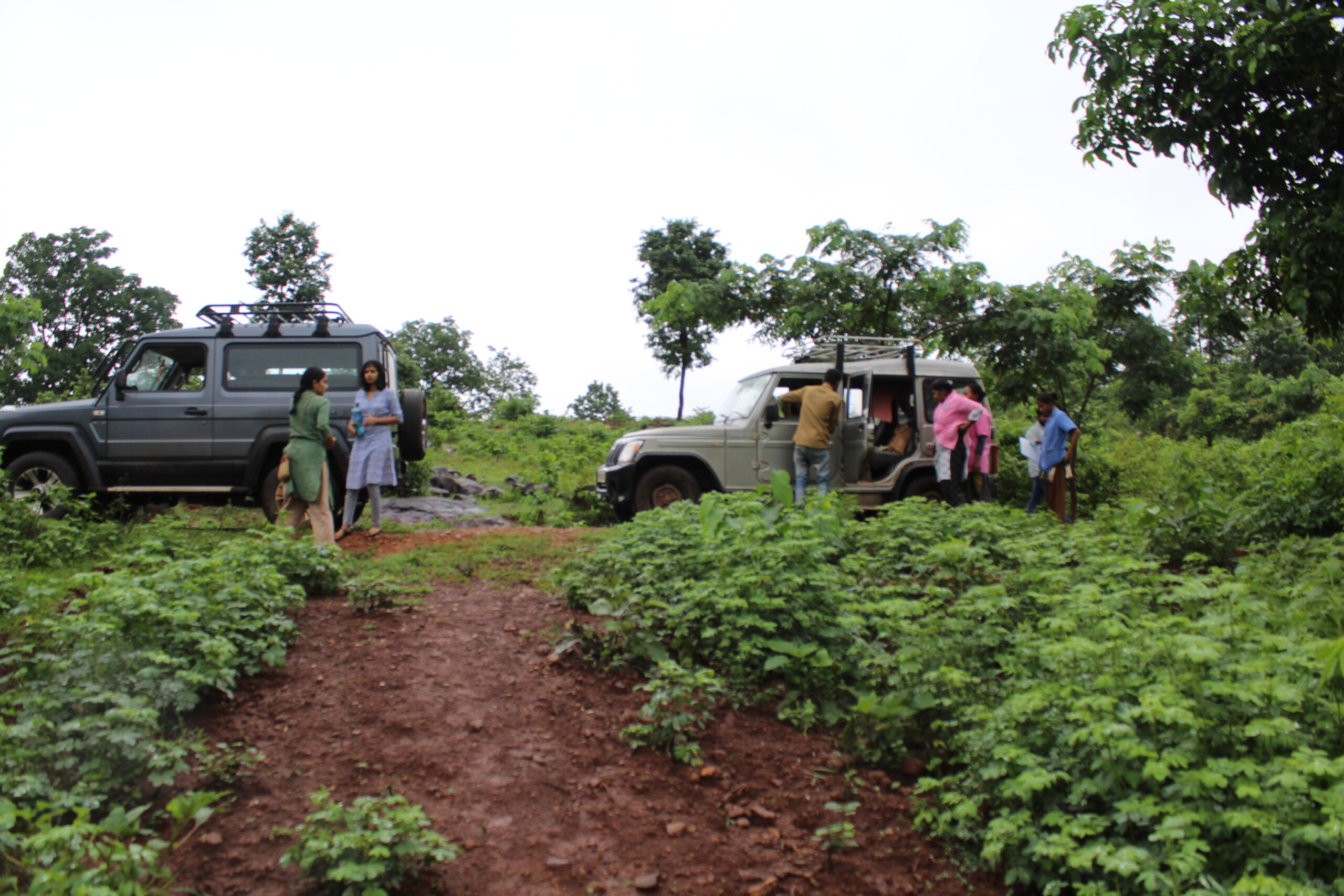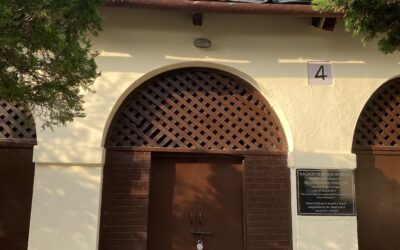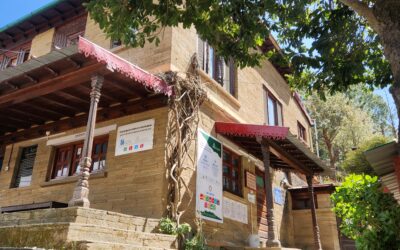Organization: Swasthya Swaraj Society
Place: Kalahandi, Odisha
Type of Terrain: Rugged, hilly, mountainous
Question: Why is Swasthya Swaraj conducting medical outreach camps here?
The organization conducts medical outreach camps to bring healthcare services closer to people. In areas such as the remote rugged hilly terrains of Kalahandi, such outreach camps are a matter of life and death for many, and of any group the women and children are the most vulnerable. Inaccessibility of healthcare services in turn makes such regions high in maternal and infant mortality.
Introduction
This particular camp is an Ante Natal Care (ANC) camp for the tribal women of Kalahandi along with check-up for children under the age of 5, two of the most vulnerable groups in the community. ANC camps are where pregnant women are provided with medical care during their pregnancy. The ante natal stage of child birth is the process encompassing the period from the formation of an embryo, through the development of a foetus, to birth. Ideally, during pregnancy, it is recommended that the expecting woman makes 4 ANC visits:
- The first visit or registration should take place as soon as the pregnancy is suspected
- Between 14 and 26 weeks
- Between 28 and 34 weeks
- Between 36 weeks and term
In a significant part of our country where we are still finding it challenging to move our population to institutional delivery from home delivery; due to access, availability and equity, to imagine that a large number of women do not have access to ANCs is not hard. It is in the backdrop of this that one needs to understand the work Swasthya Swaraj is trying to do.
Also read: Understanding What Primary Health Care Means
I had been with Swasthya Swaraj for the past one year now. This was my first time at an ANC camp. Here is a view of the camp through my lens (of course the camera was of the organization’s but you get my point!)
The Start
This particular journey begins at Swasthya Swaraj’s field health centre at Kaniguma and ends at the village of Poladumer. Preparation for the camp starts the previous day itself; sorting, packing and delegation of tasks happen at the field centre. On D-day, staff load the vehicle with the essentials required for the camp, these include everything from mats and boiled eggs to medicines and malaria testing kits. As the ANC camps are one the the first programmes started by Swasthya Swaraj, all tasks are executed with the perfection of a craft that has been fine tuned for the past 10 years.

Taking Stock And Crossing
As we approached the village, news came in that the one motorable road leading to it had been blocked by a mudslide. The only way forward was through a dirt road which has a stream cutting across. The monsoons had just arrived in Kalahandi and this path quite literally had turned into a slippery slide. Task ahead: physically carry everything down the slippery dirt path, across the gushing stream, through the paddy fields and get to the village before the next downpour.


Setting Up An ANC Camp
We set up camp in the only enclosed space available to the team, a leaky room of a local government primary school. The aanganwadi centre where it was supposed to happen had gotten flooded from the rains. We arranged everything from the patient registration section to the medicine dispensary meticulously in an assembly-line like perfection.





The Camp
Once the patient’s card is made; their anthropometric measurements are taken after which they are directly sent to be tested for malaria. Due to the high prevalence of the disease in the region, we test all patients for malaria here. Once the doctor sees the patient, the required medicines are provided along with a pack of boiled chickpeas and eggs. One thing I noticed throughout the entire duration of the camp was that there wasn’t a single adult male accompanying the pregnant women. Most women visiting the camp come in with at least one child under the age of 5 cradling onto her.
The Swasthya Sathi, who is a volunteer woman from the village trained on basic disease control and health management, assists in coordinating the camp and as well as in the most crucial task of hold down children while medicines are being administered.




The Most Patient Patient
One of the kids came in with malaria and appeared very drowsy. Dr. Aleena immediately requested to put an IV line. The images below show how the child was medically cared for in a run down classroom. Sunita didi, our senior nursing staff, mentioned he was one of the calmest patients while an IV was inserted, probably because he was too weak to even react. I wondered what would have happened to this child if this organization wasn’t there.


The Wrap-up





This article is a good reading after our recent masterclass with Dr. Aquinhas.